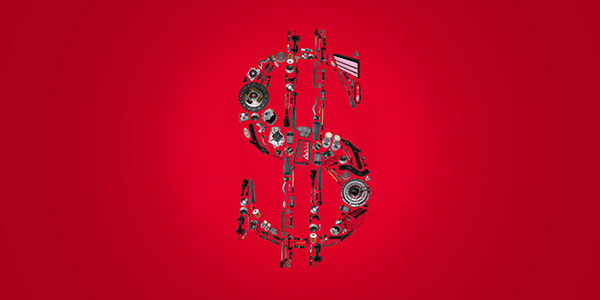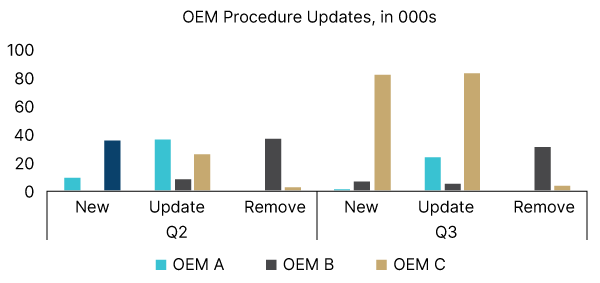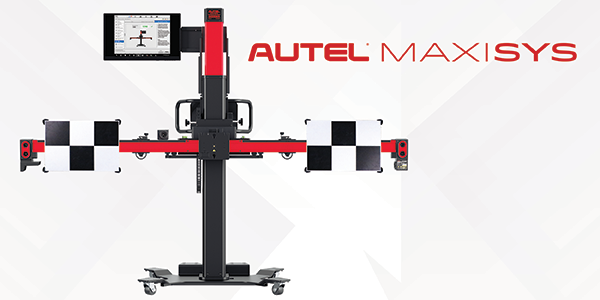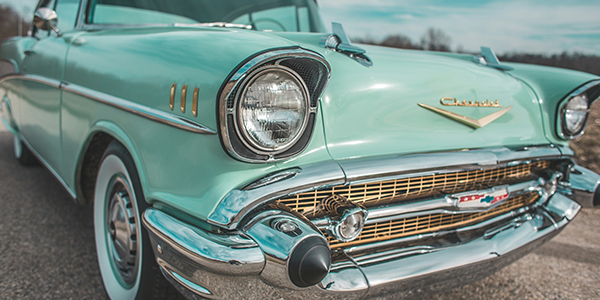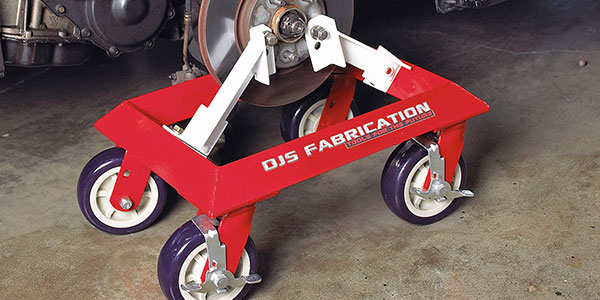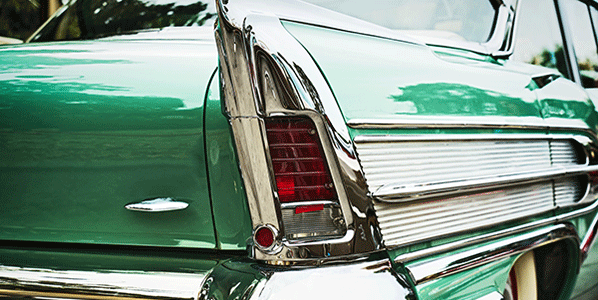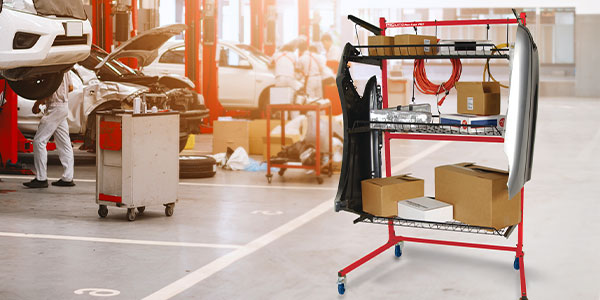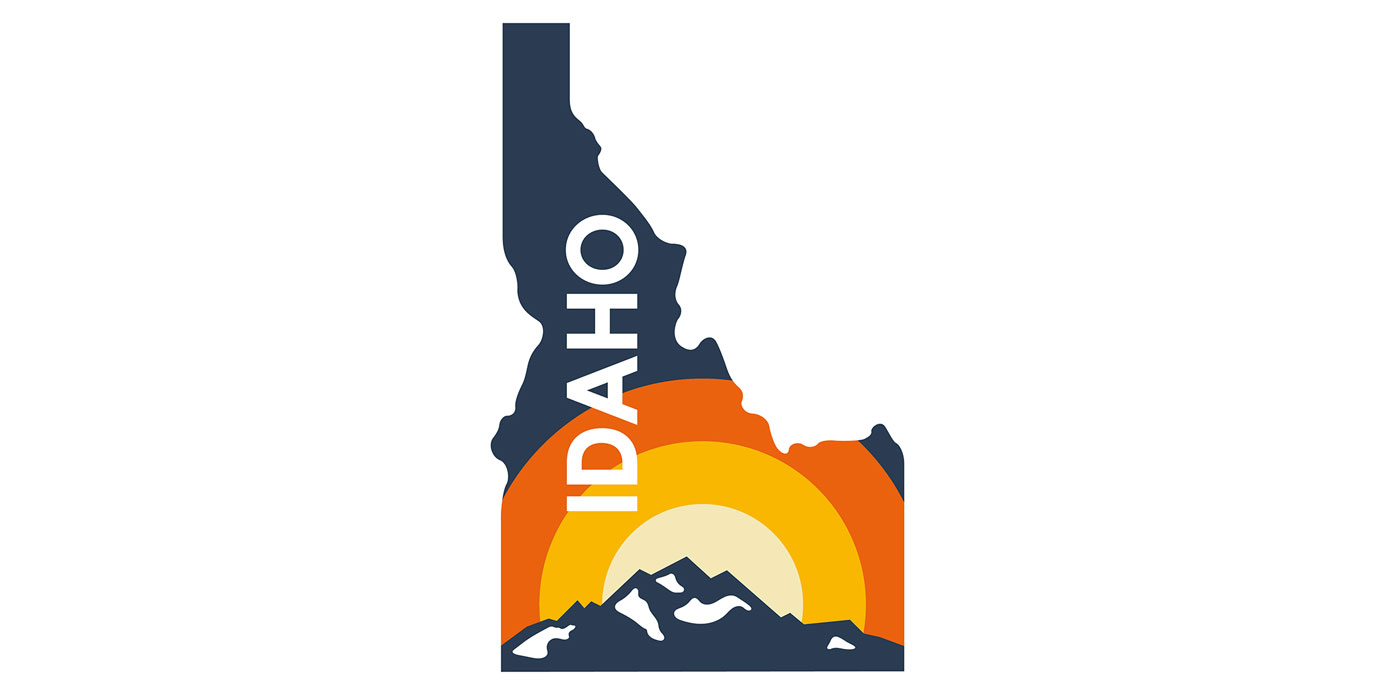In the auto parts industry, there is a common misconception among vehicle owners and also some auto body shops regarding the purchase and use of OE (original equipment) versus aftermarket parts. It’s not always better to try and save a few dollars by purchasing the cheaper parts for a repair. Consumers expect to buy OE parts at a lower price, but this belief is what drives many shops and dealers to offer these parts along with, or in place of, OEM parts.
An article published by GMB titled High Costs of Low Quality Parts discusses how the numbers add up for retailers selling aftermarket parts rather than OE parts. Upfront, it may appear that the lower-quality, aftermarket parts are cheaper to the consumer and/or shop, but it is important to understand the hidden costs associated with purchasing them.
Hidden Costs of Low Quality Parts
- Labor
The amount of time it takes a technician to work on repairing cars using OEM parts versus aftermarket parts is a big difference. When OEM parts are used, there is a guarantee to fix the repairs faster, knowing that the OE parts will fit the first time. Repairing vehicles with aftermarket parts proves to take more time because the technician will often have to make adjustments to the non-OE parts in order to get the parts to fit correctly.
- Returns
Many times, when aftermarket parts are used in repairs, they need to be returned. When using non-OE parts, you are not guaranteed that the part will fit or work the way you assume it will. As a result, the shop manager then has to return the part and wait for another one. This could happen multiple times during a repair. The 2015 Body-Shop Business Shop Profile survey stated certified AM parts are returned 29% of the time, compared to 6% for OE parts, almost 5 times more often.
- Customer feedback
The points listed above are the main reasons why using aftermarket parts on repairs can affect shops’ relationships with customers. For auto body shops, low-quality parts disturb operations, produce a lower-quality repair, can result in the repair taking longer to get completed, and can lead to bad online reviews that will diminish future sales.
It is also important to take time to educate consumers as well. Many times, a vehicle owner thinks that they are saving money by using non-OE parts for the repair of their vehicle. Shops need to take the initiative to educate their customers on the items listed above to help understand that, at the end of the day, a consumer could be paying more out of pocket when having aftermarket parts used in the repairs.
While aftermarket parts may seem like a better deal than OEM-grade parts, they often carve away at profits and limit business growth. Using OEM parts leads to better, safer repairs with less labor time and fewer return of parts. This practice, in turn, will ensure better relationships with customers and an increase in approval among colleagues and partners in the industry.
This article is sponsored by OEConnection.
For more information, please visit: goo.gl/k3uyTS

